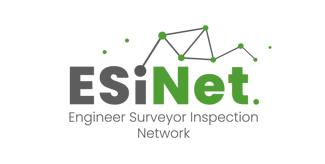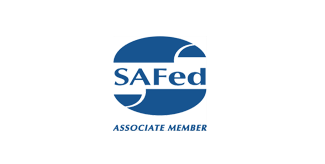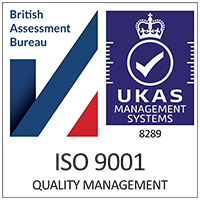When it comes to ensuring workplace safety, few regulations are as crucial as the Lifting Operations and Lifting Equipment Regulations (LOLER) 1998. For businesses that use any form of lifting equipment—whether it’s cranes, forklifts, or hoists—LOLER inspections are essential to minimise risks, prevent accidents, and comply with the law. But how often should these inspections take place? Let’s dive into what the regulations say and the key factors to consider.
What Do LOLER Regulations Require?
LOLER is designed to ensure that all lifting equipment is safe to use and maintained in good working order. The law mandates that lifting equipment and accessories (such as slings and chains) be subject to thorough examinations by a competent person at regular intervals. This is to ensure the equipment can handle the loads it’s designed for and continues to meet safety standards.
According to LOLER, lifting equipment should be inspected:
- Every 6 months for equipment used to lift people, such as lifts and hoists
- Every 12 months for all other lifting equipment, such as cranes and forklifts
- Immediately following exceptional circumstances, such as accidents or modifications to the equipment, which may impact its safety.
While these are the minimum requirements, the exact frequency of LOLER inspections can vary depending on several factors.
Factors Influencing Inspection Frequency
Although LOLER provides general guidelines, certain conditions might require more frequent inspections. Some key factors that influence how often LOLER inspections should be conducted include:
- Type of Equipment
Equipment that lifts people, like elevators or man-riding baskets, is subject to more frequent inspections because of the higher risk involved. Lifting accessories (chains, ropes, hooks) also require regular checks due to wear and tear. - Usage
The more frequently a piece of equipment is used, the faster it will wear out. High-use machinery may require more frequent inspections to catch early signs of damage or deterioration. - Work Environment
Equipment exposed to harsh environments (e.g., corrosive chemicals, extreme temperatures, or outdoor weather) may degrade faster, requiring more regular checks to ensure they remain safe to operate. - Age of the Equipment
Older equipment may need more frequent inspections to ensure it can still safely handle loads. As machinery ages, it may become prone to faults, making regular checks more important. - Previous Inspection Results
If a past inspection revealed multiple defects or issues, it might be a sign that the equipment is deteriorating faster than expected. In these cases, a competent person might recommend a more frequent inspection schedule.
The Role of Competent Persons
The key to ensuring LOLER compliance is having a competent person carry out the inspections. A competent person is someone with the necessary skills, knowledge, and experience to assess the equipment’s safety. They can determine the right inspection intervals based on the factors mentioned above, and their judgment is critical in preventing accidents.
Once an inspection is completed, the competent person will provide a written report detailing any defects or maintenance required. If the equipment is deemed unsafe, it should be taken out of use until repairs are made.
Don’t Forget About Routine Maintenance
While LOLER requires formal inspections at specific intervals, businesses shouldn’t overlook the importance of routine maintenance. Keeping your equipment well-maintained can extend its lifespan and prevent sudden breakdowns. Daily or weekly checks by operators for visible damage or wear and tear can complement formal inspections, ensuring that any issues are addressed promptly.
Consequences of Missing LOLER Inspections
Failing to conduct LOLER inspections at the required intervals can lead to serious consequences. Not only does it increase the risk of accidents and injuries, but businesses may face legal penalties, including fines and potential prosecution. Moreover, if an incident occurs and LOLER inspections are found to be lacking, insurance claims could be invalidated, resulting in significant financial losses.
Conclusion
LOLER inspections are a critical part of workplace safety for any business using lifting equipment. While the general rule is 6 months for equipment that lifts people and 12 months for other lifting gear, it’s important to consider factors like usage, environment, and equipment age when determining how often inspections should occur. Regular inspections and maintenance not only ensure compliance with the law but also protect your employees and your business from avoidable risks.
To ensure you’re meeting LOLER requirements, it’s crucial to work with a competent person who can assess your equipment and set an appropriate inspection schedule. If you’re unsure about your obligations or need assistance with LOLER inspections, don’t hesitate to contact SIS Ltd. Our team of experienced professionals can help keep your workplace safe and compliant.











